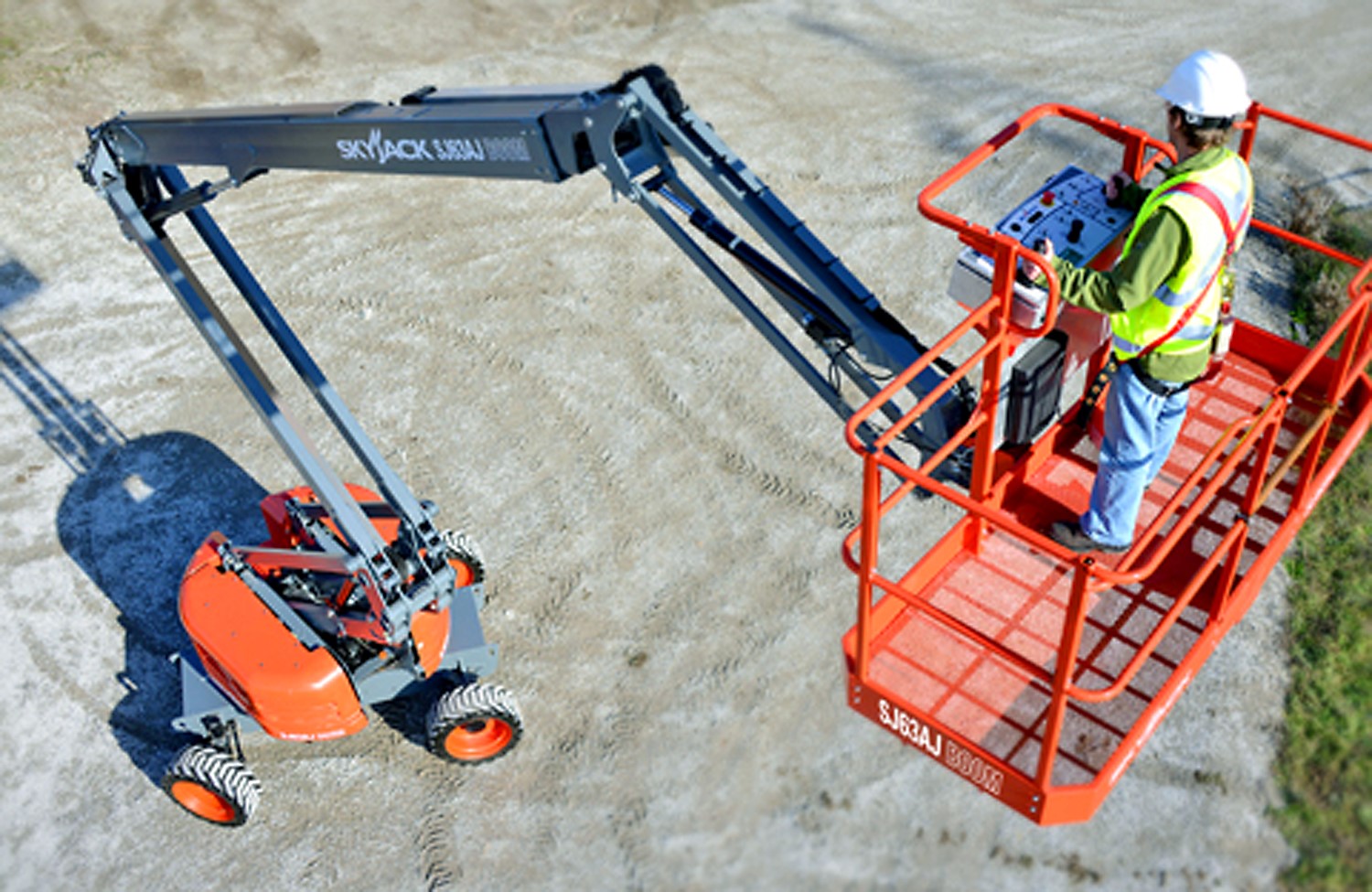
15
Sep
SPG Construction – Aerial Work Platform Safety Considerations
At SPG Construction, we operate Aerial Work Platforms (AWP’s) on a daily basis. We conduct training on this equipment, we certify all of our operators, and we inspect our equipment daily. With all this, AWPs can still be very dangerous pieces of equipment.
Below are 10 tips to operate AWPs safely we’d like to share this month. Please note, these are only tips, and you ensure that all employees follow your own safety guidelines on a given job site.
-
- Receive proper training (both general training and hands-on practical training) on, as well as becoming familiar with, the exact aerial work platform you will be operating. This includes thoroughly reading the operator’s manual and safety signs on the machine, as well as understanding the function and location of all safety devices and controls before beginning operation.
- Read, understand and obey all of your employer’s safety rules and worksite regulations, as well as any applicable local, governmental or provincial regulations that apply before operating the machine.
- Perform a pre-operation inspection and function tests on the equipment before each shift. If the machine fails any of these inspections or tests, make sure it is immediately tagged and removed from service until it can be repaired by a qualified service technician.
- Perform a workplace hazard assessment prior to moving the machine to the jobsite. Look for hazardous situations such as drop-offs and holes, slopes, slippery or unstable surfaces, overhead obstacles, power lines and any other hazards that may exist and develop a plan to avoid those hazards through all phases of machine operation. Also note that hazards such as energized electrical lines may be hidden under insulation, etc., for example on columns.
- Wear the proper fall protection and always connect them to the designated anchor points. A properly fitted full body harness and appropriate lanyard or self-retracting lifeline will reduce the potential for an operator being catapulted from the platform of a boom. The impact at the base of the machine can translate into a sudden and powerful whiplash at the platform ? if this happens, wearing the proper fall protection may reduce the chances of serious injury or even death.
- Only raise the platform on a firm level surface. If the level alarm sounds, it means you need to move it to a level surface before elevating the platform. If you are already elevated when the alarm sounds, immediately lower the platform and move to a firm level area.
- Never elevate the platform in close proximity to energized power lines. Always refer to the manufacturer’s safety information on the machine and in the operator’s manual for minimum safe clearance information.
- Do not sit, stand or climb on the platform guardrails. Operators should maintain a firm footing on the platform floor at all times. If an operator is required to reach an overhead work area that is too small for the platform guardrails to allow access to, determine if the selected aerial work platform is the right one for the job. Alternatively, the use of a manufacturer-approved device, specifically designed to provide additional access to confined spaces is recommended.
- Do not exit an elevated boom or scissor lift platform unless you have been properly trained to do so, maintain 100 percent tie-off at all times and are in possession of an approval letter from the manufacturer that provides the proper guidance.
- Do not climb down from the platform when it is raised. Whenever possible, keep a cell phone or two-way radio with you while you are in the platform and always have a rescue plan in place in the event that the secondary lowering system (i.e. emergency lowering system) system malfunctions.



0 comments